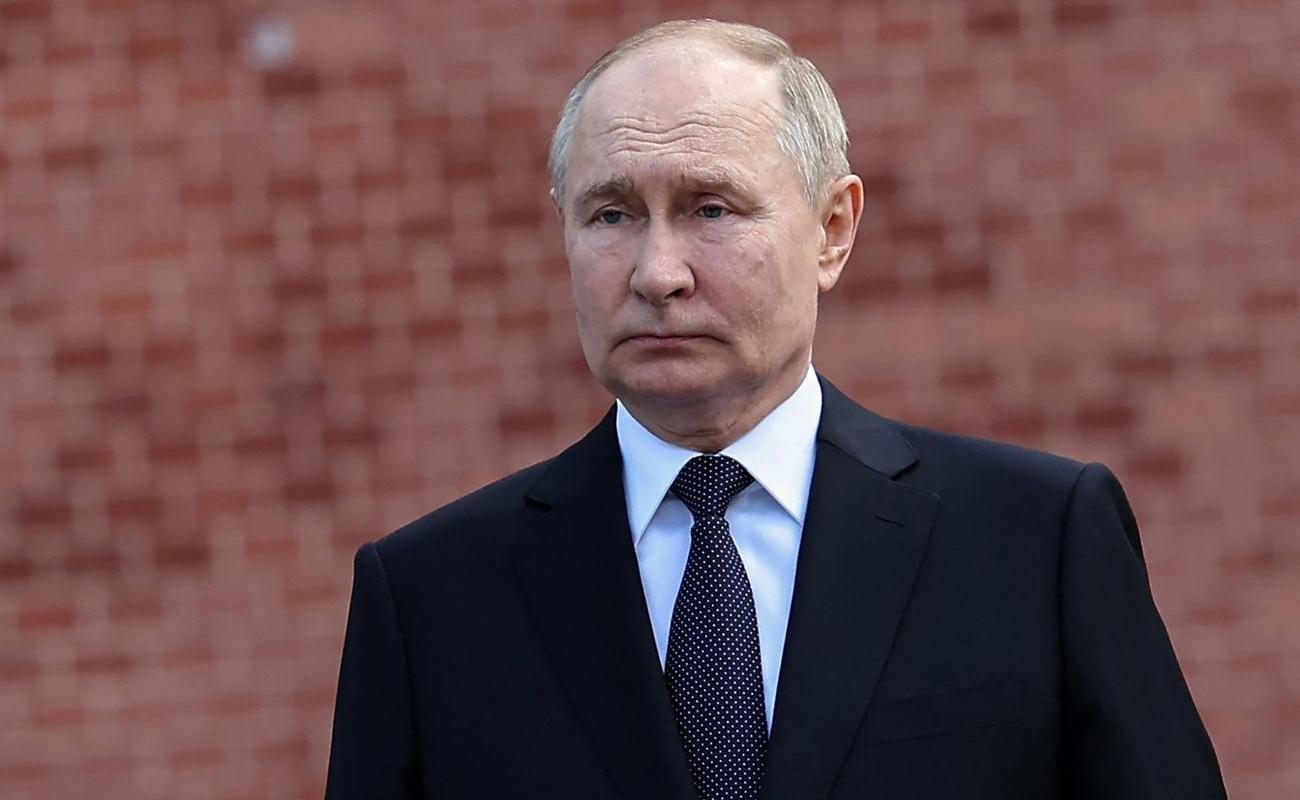Export controls on Russia might be working better than you think

Reading media headlines, one would be forgiven for believing that export controls aimed at curbing Russia’s access to Western technology aren’t working. Sensational stories detailing how Moscow keeps importing top-notch high-tech goods for its military — in breach of U.S. and EU export controls — are everywhere.
Such reports are true — and they matter. They’re also useful in raising awareness among policymakers about the many loopholes that need fixing if Moscow’s ability to wage war against Ukraine is to be hampered. Yet, these stories reflect only part of the story — and the reality may be less gloomy than the catchy headlines suggest.
In truth, export controls probably work better than one might think.
Let’s start with the bigger picture and a data point that never makes the front page: In 2023, Russia’s imports of top-notch (read: Western-made) technology dropped by 30 to 40 percent compared to pre-war levels. Of course, there’s no question that this isn’t enough to stop Russia’s war machine and that more needs to be done — for instance, by compelling Western financial institutions to step up due diligence for semiconductor sales. Yet, such a precipitous drop is far from insignificant, especially at a time when Russia’s high-tech needs have never been higher.
Export controls deserve credit for this, suggesting the idea that they’re entirely ineffective rests on shaky ground.
What’s more, Moscow now pays inflated prices to access the goods it manages to import by subterfuge. Take, for example, exports from Turkey — one of the usual suspects when it comes to export control circumvention. Their median price rose by 80 percent in the first half of 2023 compared to a 19 percent rise in Turkish shipments to other countries. This suggests Moscow has to pay a stiff premium to secure Western goods, and again export controls are the main cause of this.
This is a clear win for like-minded democracies, and it’s exactly in line with the Western sanctions objective to degrade Russia’s technological and financial ability to wage war.
Turkey may be a well-known for flaunting the rules, but the mainstream view is that it’s no match compared to China. American officials believe Chinese firms supplied 90 percent of Russia’s microchip imports last year — which is huge. Yet, there’s a catch here too: U.S. export controls have been reducing China’s access to Western semiconductors for several years now, which means China’s semiconductor exports to Russia are mostly Chinese-made and thus not subject to Western export controls.
In other words, the lesson here is that Beijing is keen to support Moscow — and the interests of Chinese firms — not that Western export controls aren’t working.
Finally, Russia’s neighbors are also seen to be among those bending the rules when it comes to high-tech goods, as trade between EU economies and countries like Kazakhstan, Armenia or Kyrgyzstan has ballooned since Moscow’s full-blown invasion of Ukraine. The story goes that dodgy European firms are exporting scores of banned gadgets to these small economies. Once they’re in, say, Kyrgyzstan, these goods are then repackaged and shipped to Russia, in breach of export controls.
To be clear, such circumvention networks do exist, and they need to be closed. However, this reasoning has two serious flaws.
First, trade flows between Europe and Russia’s neighbors are too small to prove game changing. Germany’s exports to Kyrgyzstan rose 13-fold between 2021 and 2023, but they still stood at only $800 million last year. Looking at Armenia proves useful in demonstrating why looking at the data in level-terms — rather than focusing on eye-popping growth rates — is an important exercise: Despite rising by 150 percent since 2021, Germany’s exports to Armenia stood only at a meager $546 million in 2023. By comparison, Russia’s imports of high-tech goods topped $34 billion in 2021 — and its need for advanced technology is probably far higher now.
So, such shipments are a drop in the ocean compared to Russia’s needs.
Second, such smuggling isn’t necessarily the main reason behind the trade boom between Europe and Russia’s neighbors. The reality could well be more benign: An analysis from Bloomberg shows that only 7 percent of the rise in Kazakhstan’s exports to Russia last year was related to items subject to Western export controls. Instead, Europe’s growing trade ties with Kazakhstan are mostly due to EU firms rerouting trade for unsanctioned goods via Central Asia due to restrictions on transport links with Russia. Overcompliance — the unwillingness of financial, shipping and insurance firms to do even legal business with a country under sanctions — is probably another factor at play here.
Based on these hard facts, suggesting that export controls on Russia are a complete failure is sloppy thinking. The measures are leaky, but they’re curbing Moscow’s ability to access high-tech goods and making it more difficult and expensive for the Kremlin to wage its war. It’s therefore surprising that Western media and experts otherwise sympathetic to Ukraine unquestioningly repeat the “export controls are useless” line, which is more of a Kremlin talking point.
All things considered, the fact that Moscow is so keen to discredit export controls may well be a clue that these measures aren’t ineffective. If they really were useless, the Kremlin probably wouldn’t care so much.
